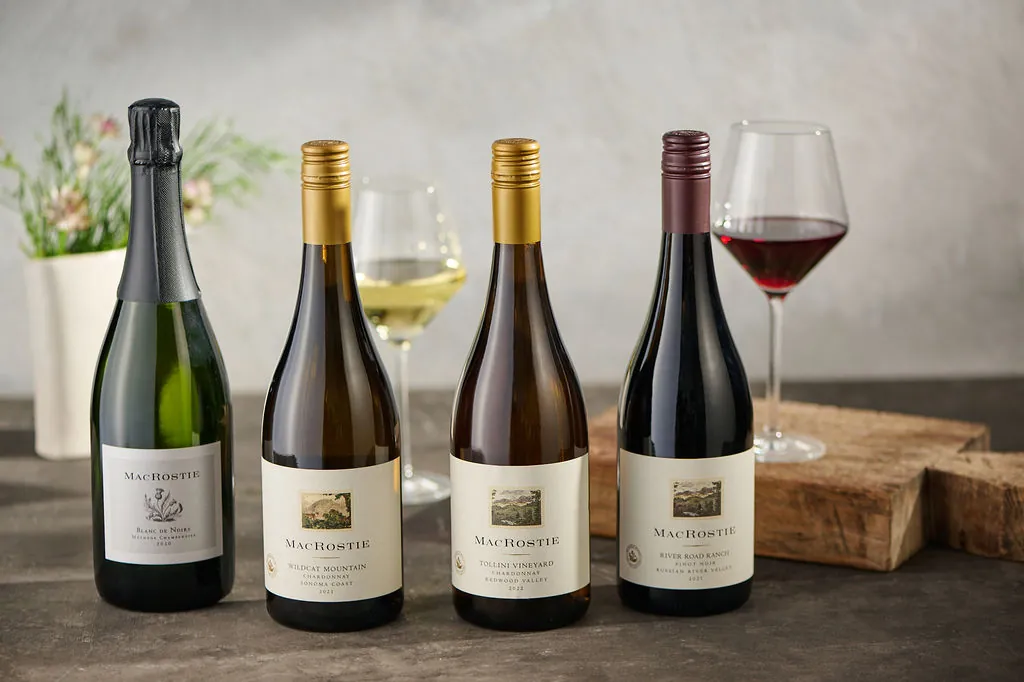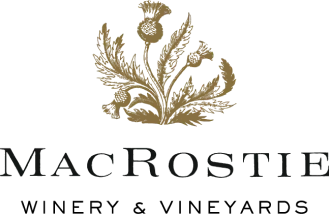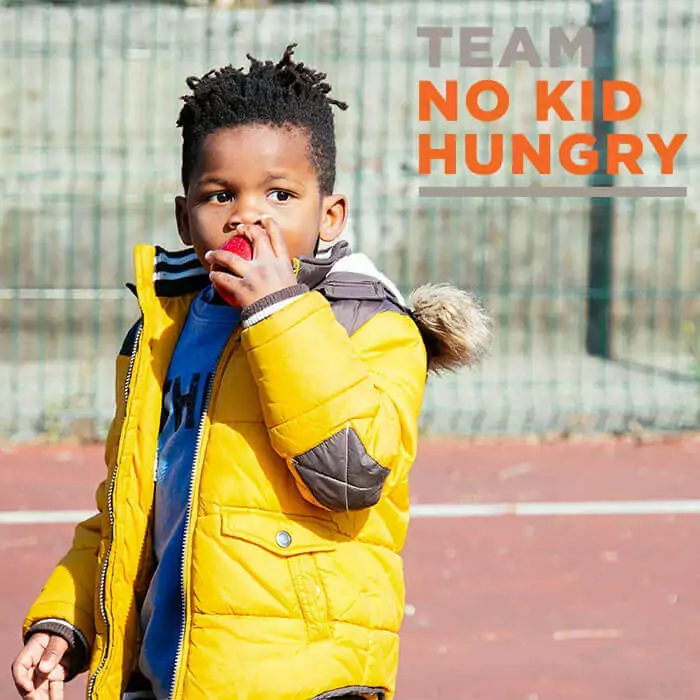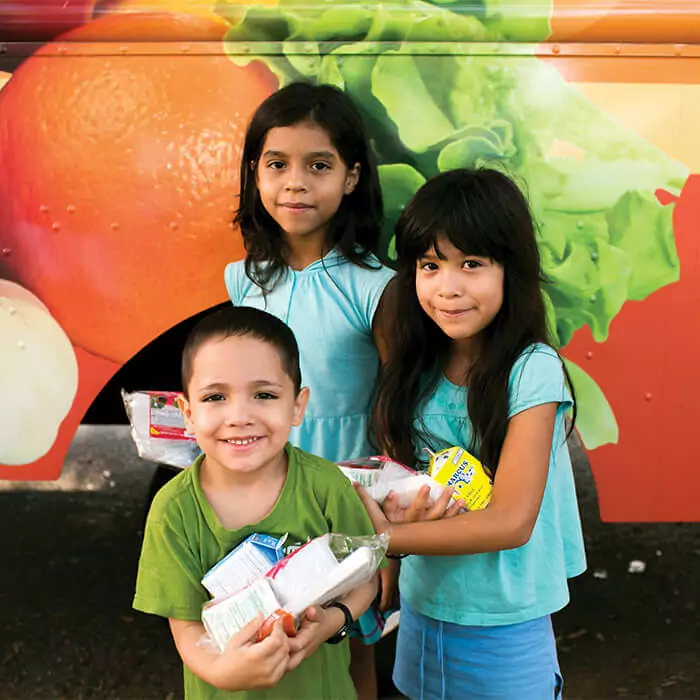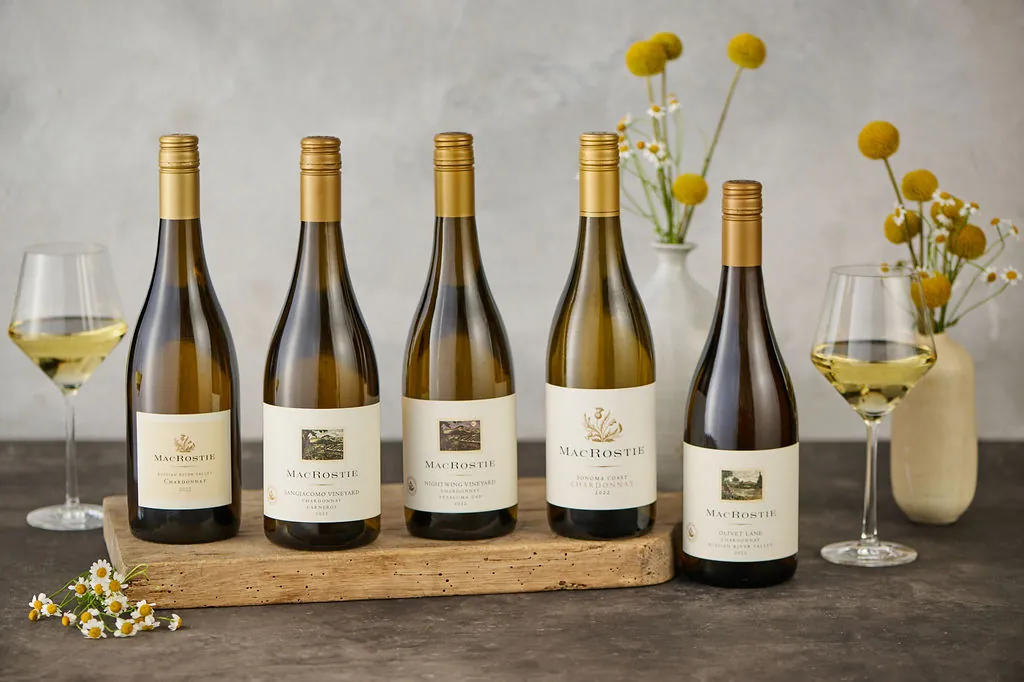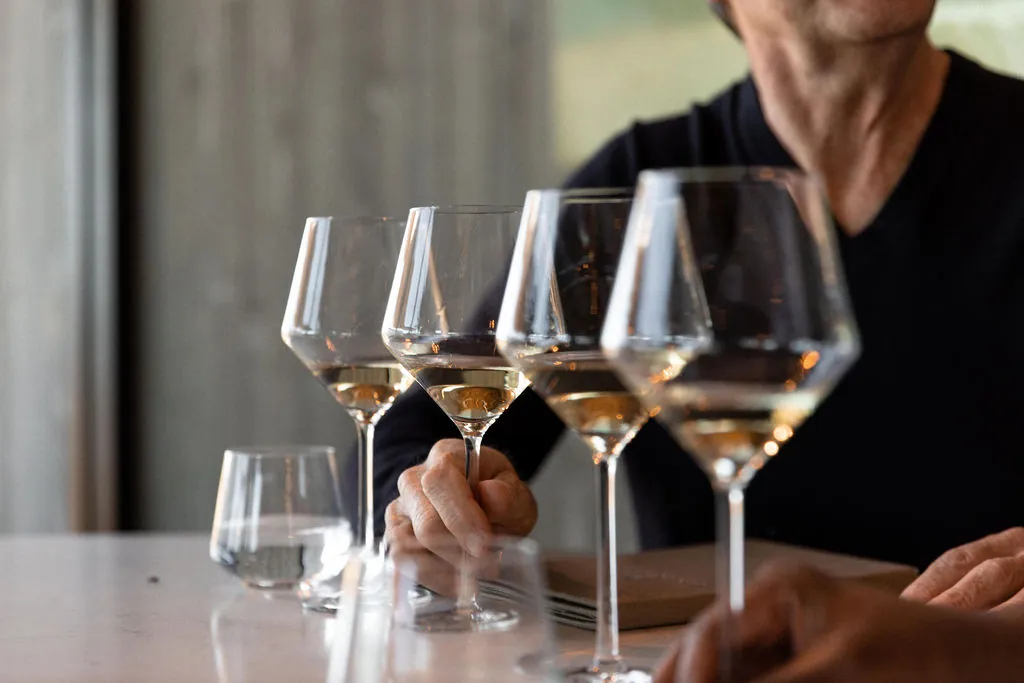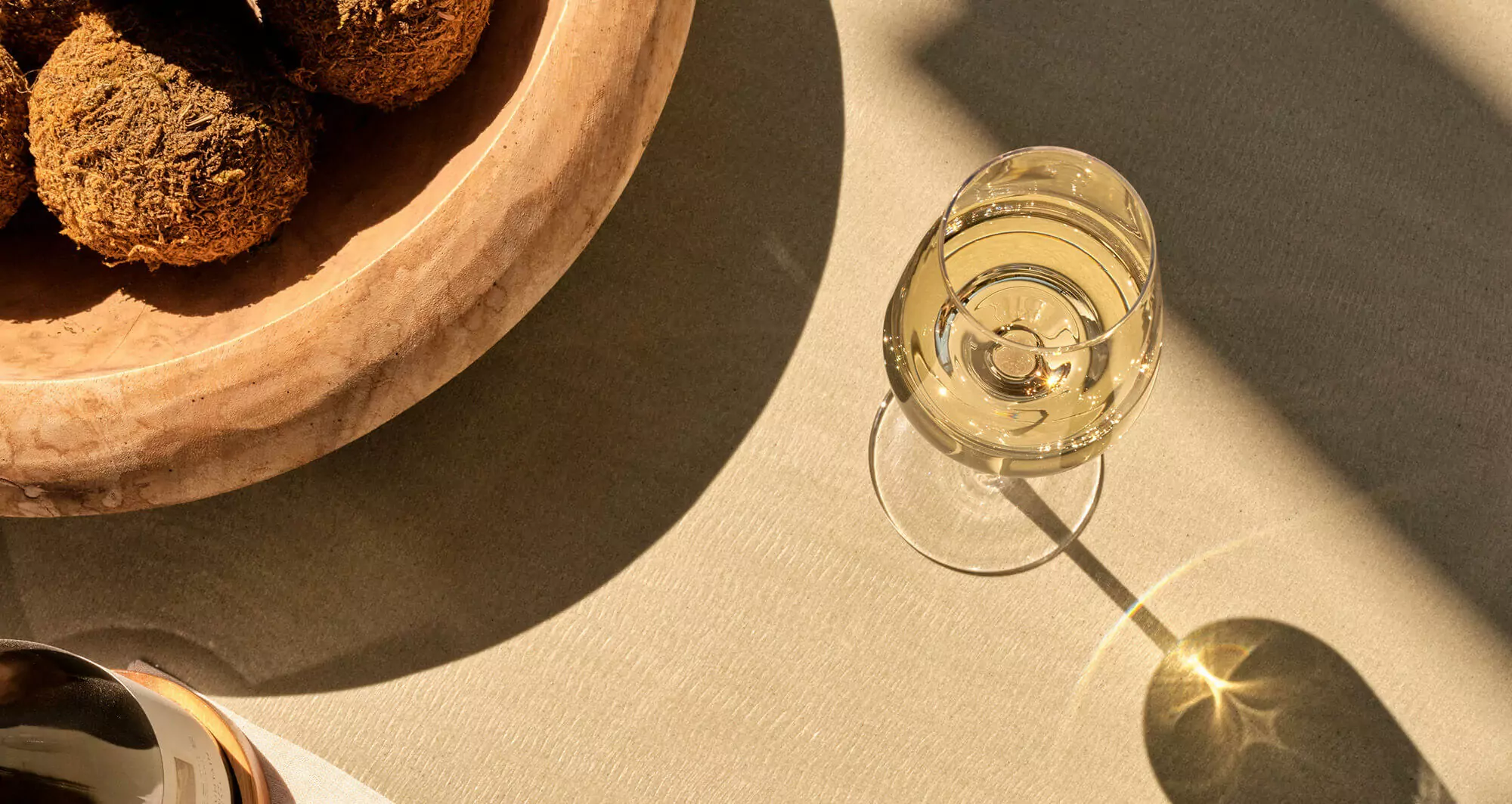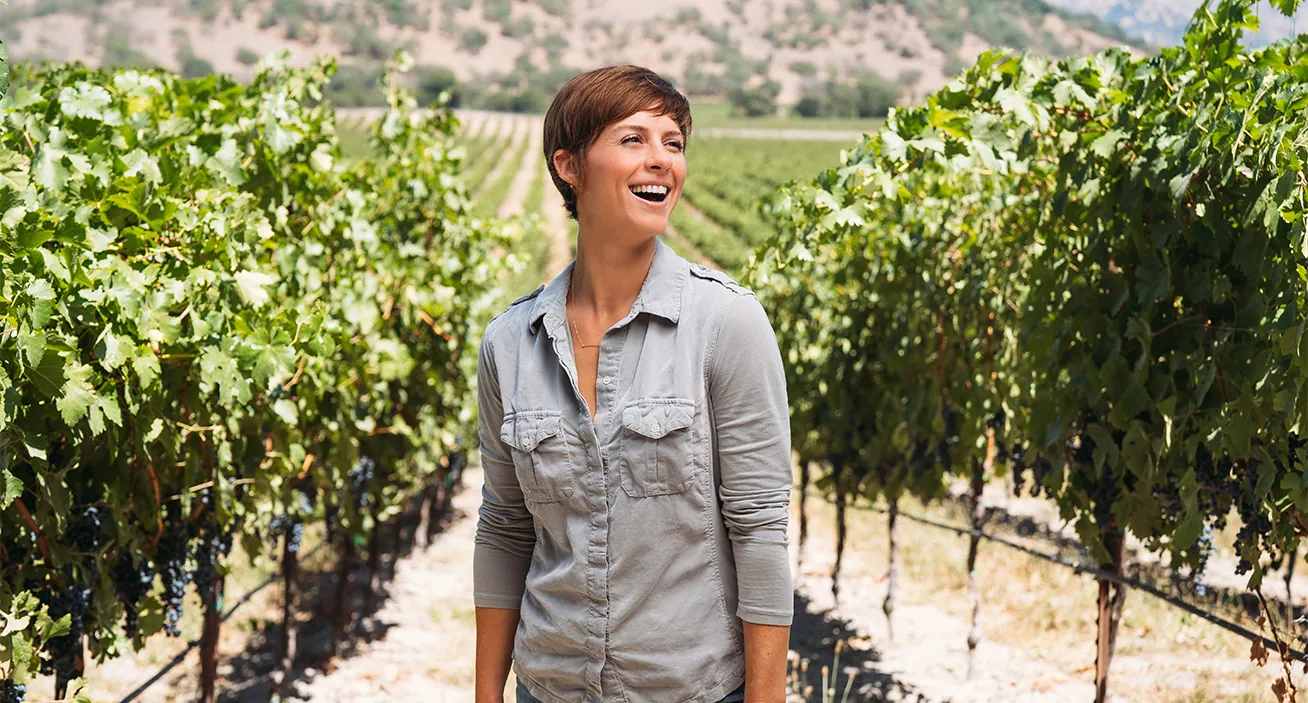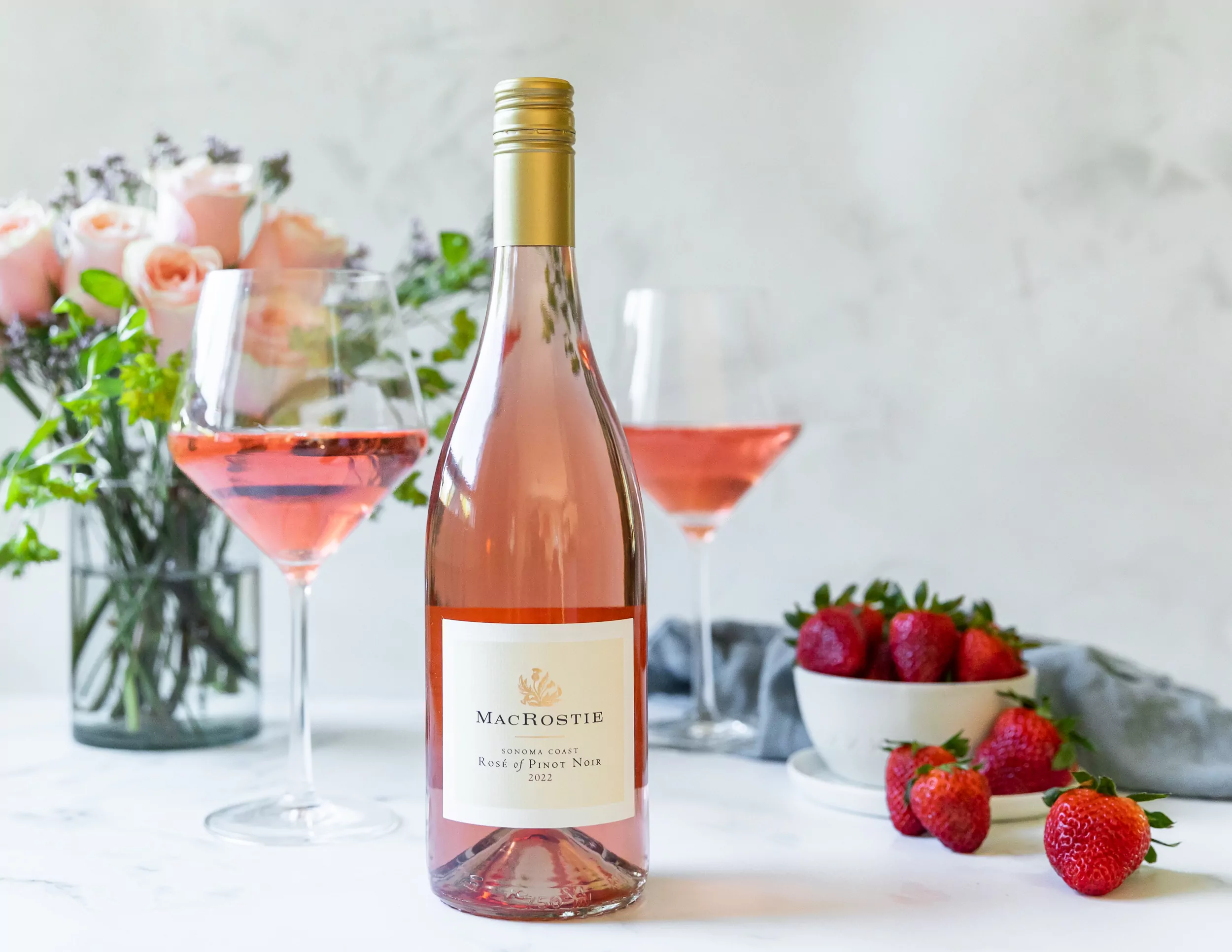Giving Tuesday is a day to reflect on how we can stand up and make an impact in our communities. The past few years have been challenging for us all, but especially for children with food insecurity – many of whom rely on school programs to ensure full meals.
Did you know that 1 in 8 children in our country struggle with hunger? No child should go hungry and that is why for the last seven years, MacRostie has made a significant annual contribution to No Kid Hungry in support of their mission to end childhood hunger in America.
No Kid Hungry provides programs nationwide providing kids with the healthy and reliable food they need to thrive. In addition to our annual contribution, we’re donating $10 for each holiday gift set sold at the MacRostie Estate House through the end of the year.
How can you help? Join us and help feed more hungry kids by giving TODAY. Today only, No Kid Hungry’s Leading Partner Citi is MATCHING donations up to $500,000. That means your gift will go TWICE as far to help get urgently needed meals to the 1 in 8 kids at risk of hunger in America today. Every $10 donated provides as many as 200 meals. No amount is too small!
If you, or someone you know, have school-aged children that need access to free meals, please search here by zip code to locate your nearest meal distribution center.
Wishing you a very wonderful, healthy, and safe holiday season,
The MacRostie Team
